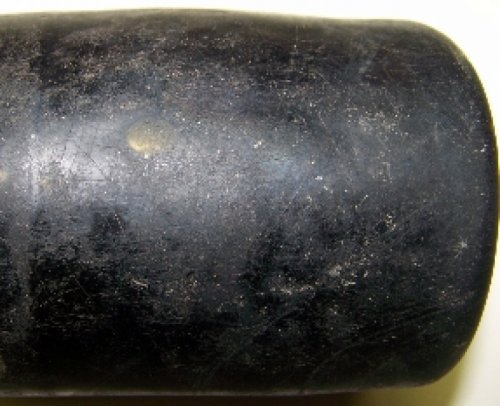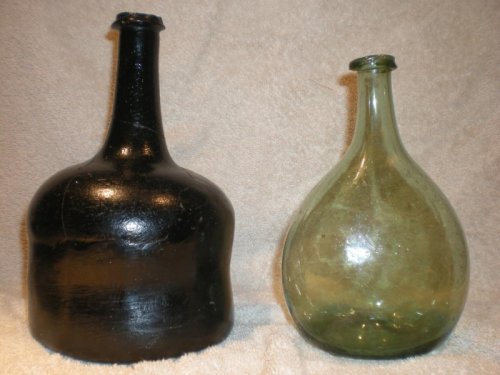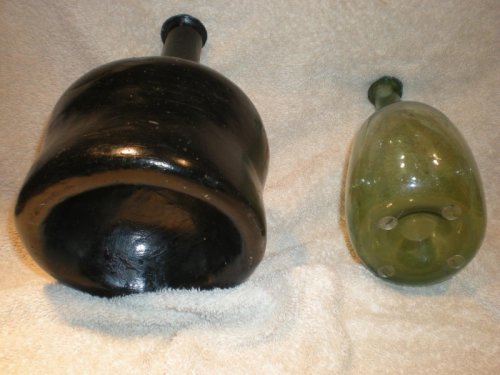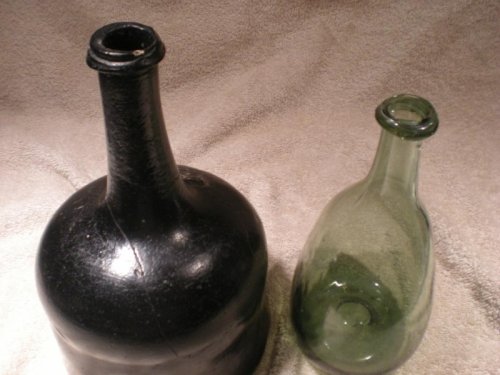jays emporium
Well-Known Member
There are no mold seams. I think this might be what you call a dip mold. There is a raised ridge around the middle I think you can see in this pic. You can see how crudely the body of the bottle is formed.
The story the lady told me was that her dad found this bottle 60 feet below the ground surface when he was working on construction of the Hemisfair tower in San Antonio in the 1960's. So the battle of the Alamo was in 1836, did Davey Crockett or Santa Anna drink from this bottle, or is is a discard from the civil war?
Please help, my knowledge of this era is lacking.
Jay

The story the lady told me was that her dad found this bottle 60 feet below the ground surface when he was working on construction of the Hemisfair tower in San Antonio in the 1960's. So the battle of the Alamo was in 1836, did Davey Crockett or Santa Anna drink from this bottle, or is is a discard from the civil war?
Please help, my knowledge of this era is lacking.
Jay








